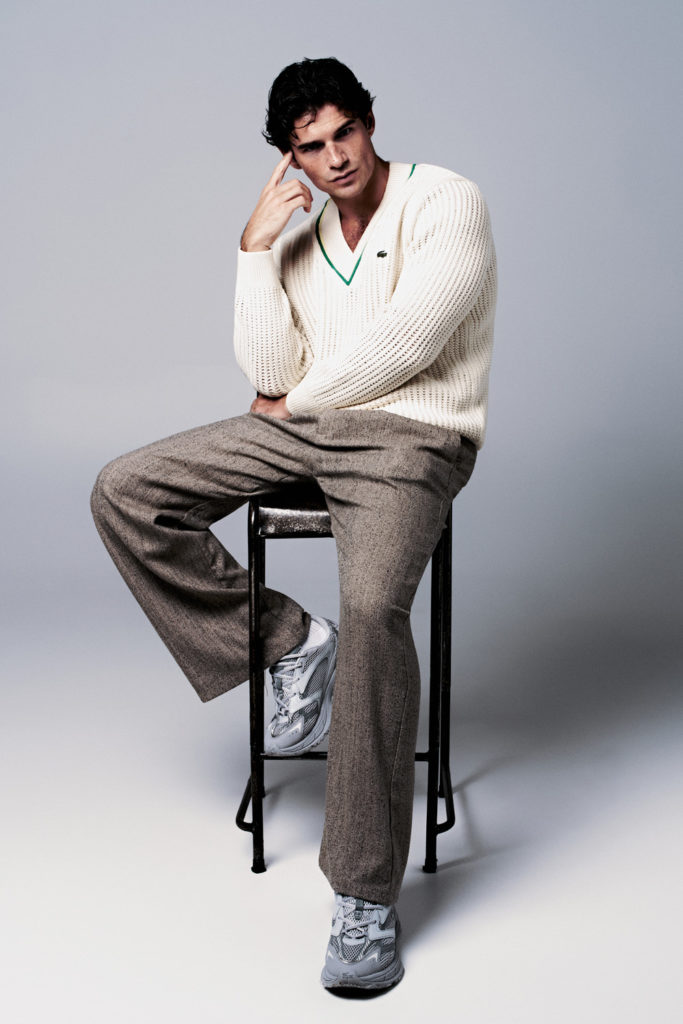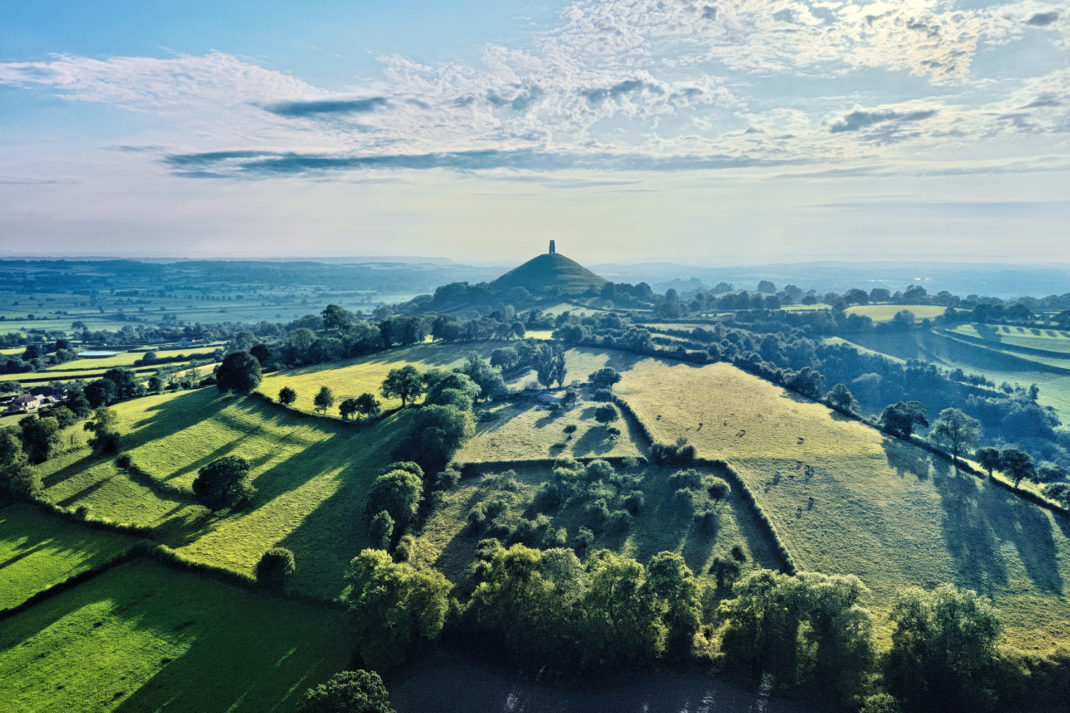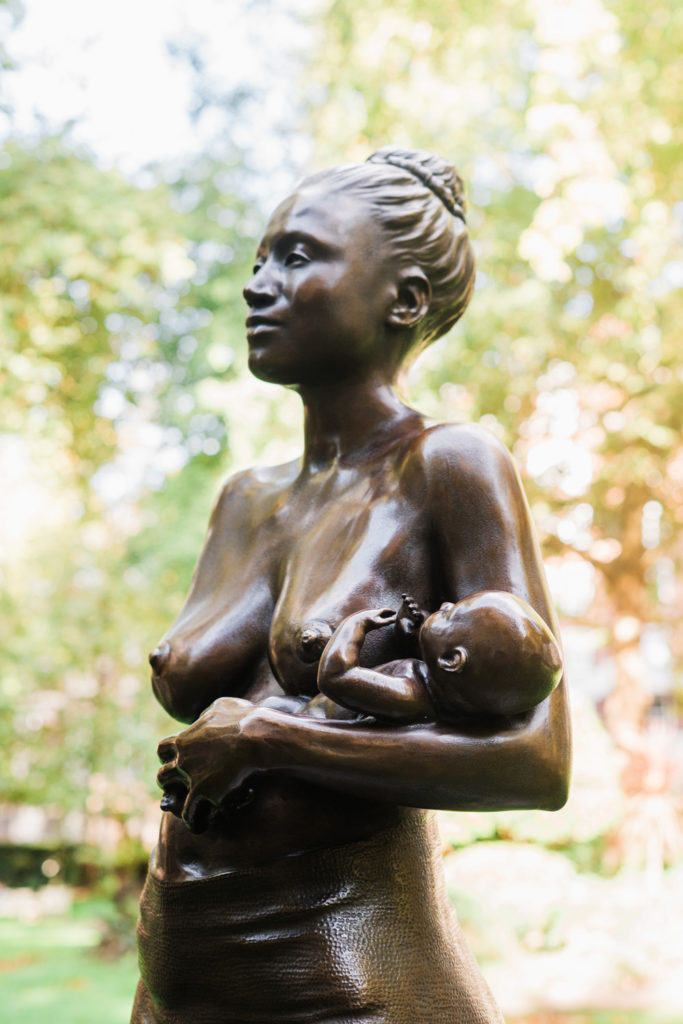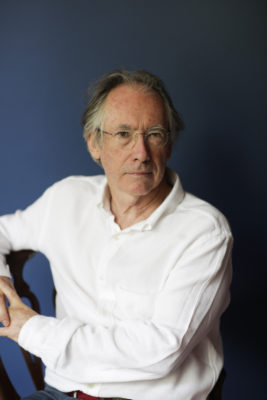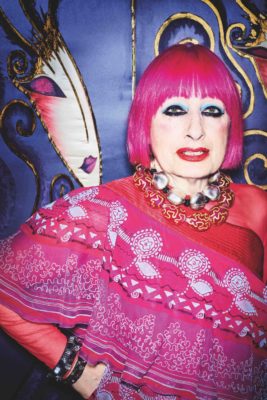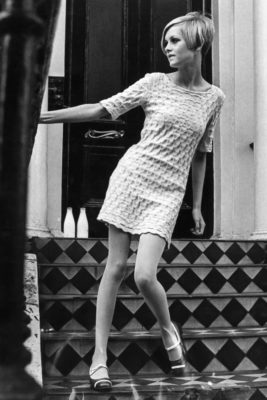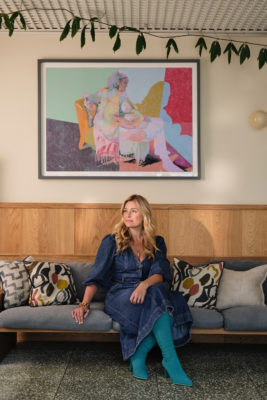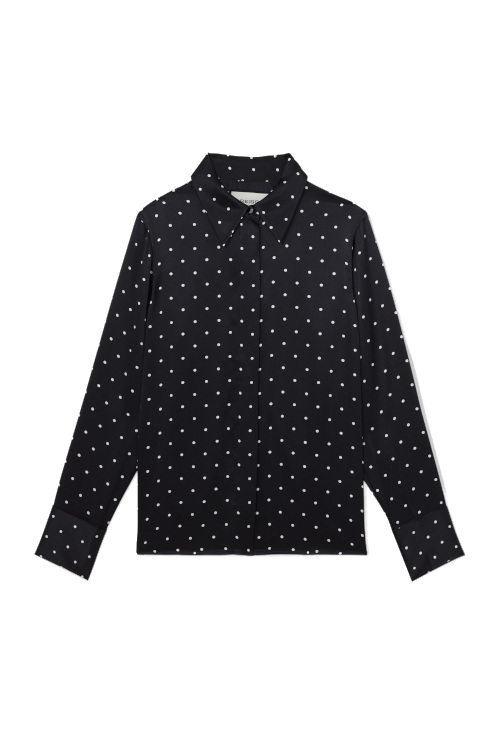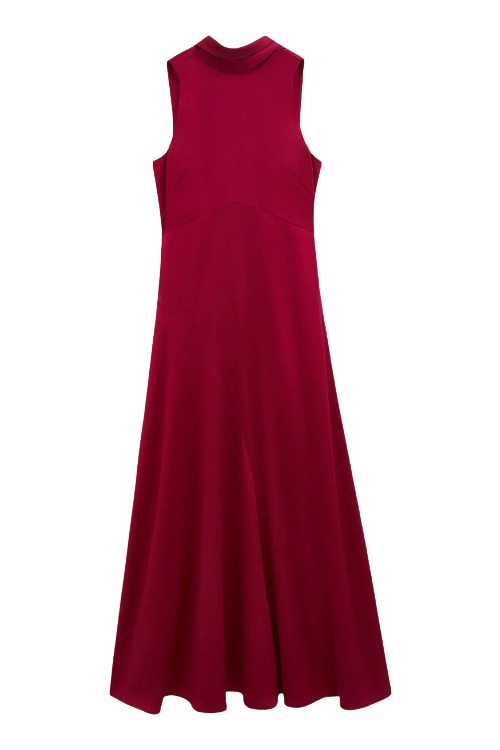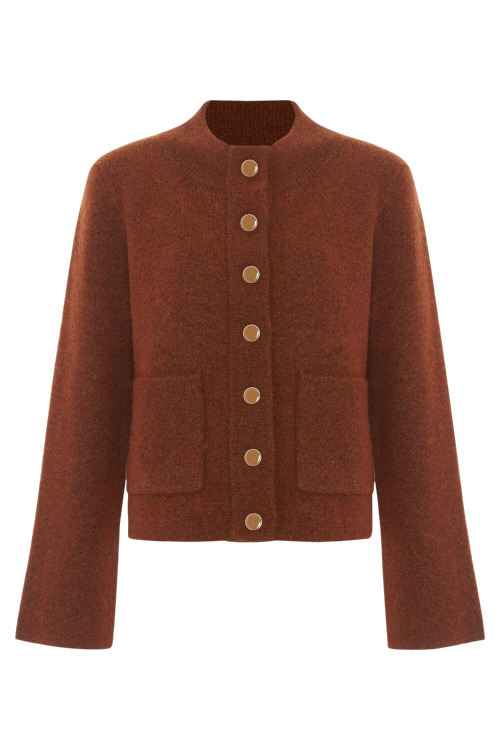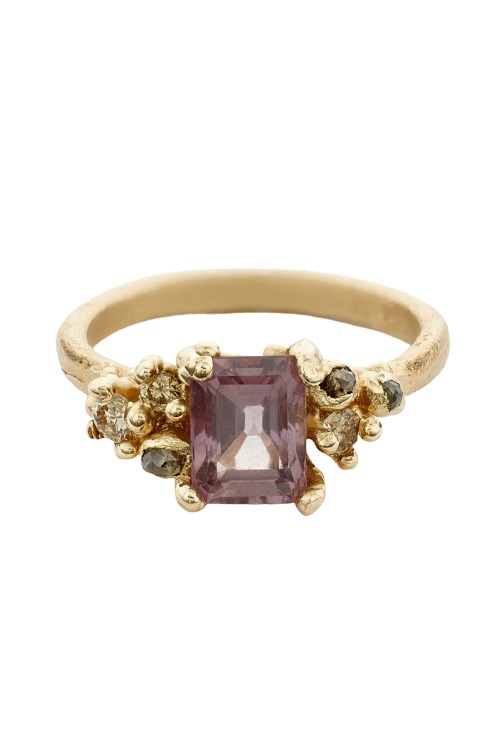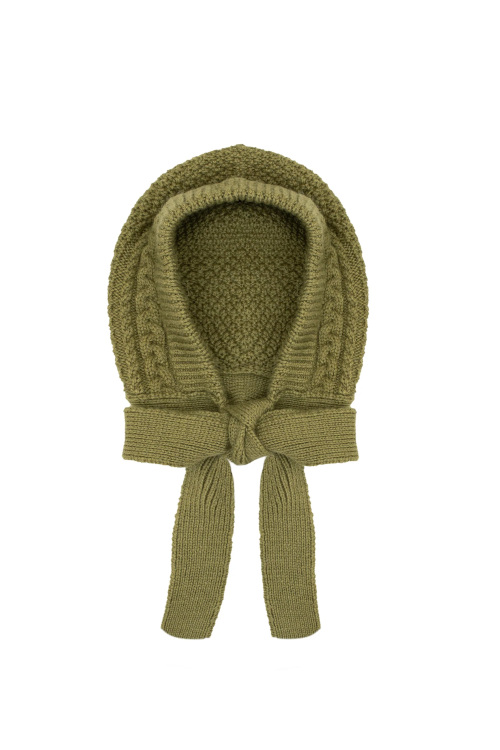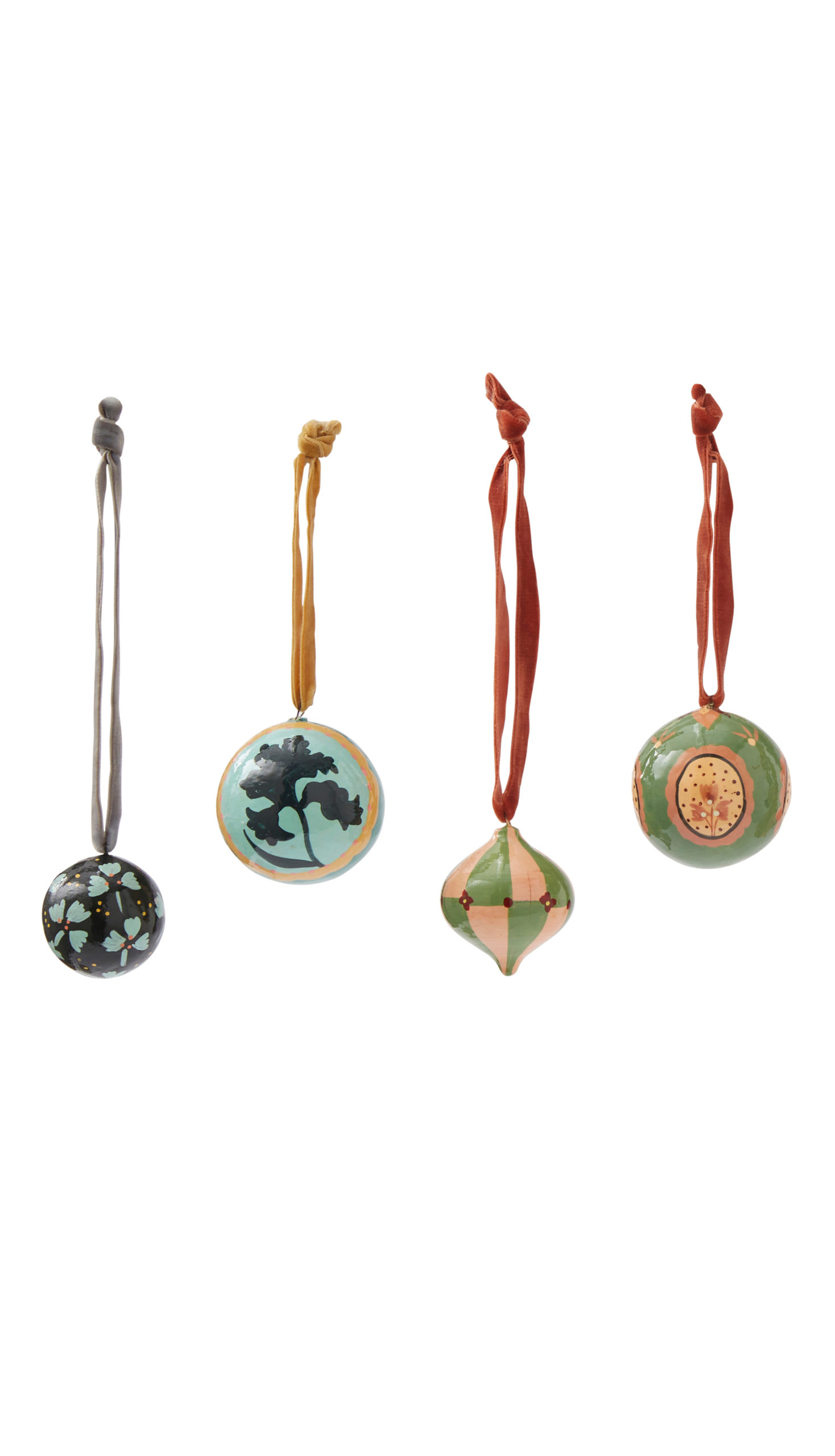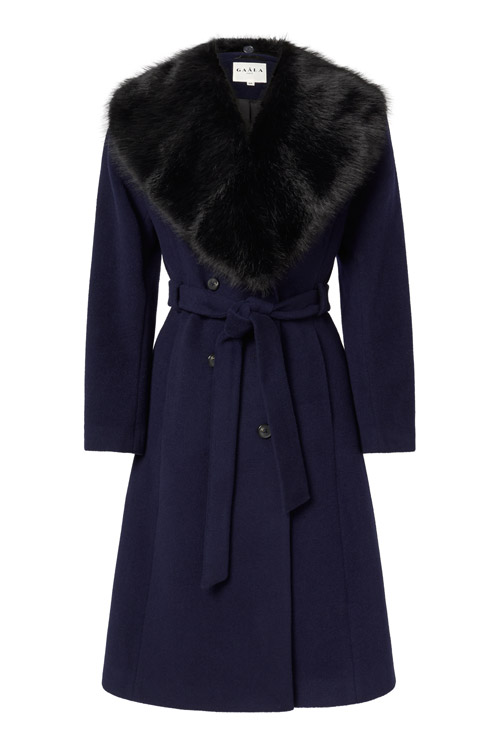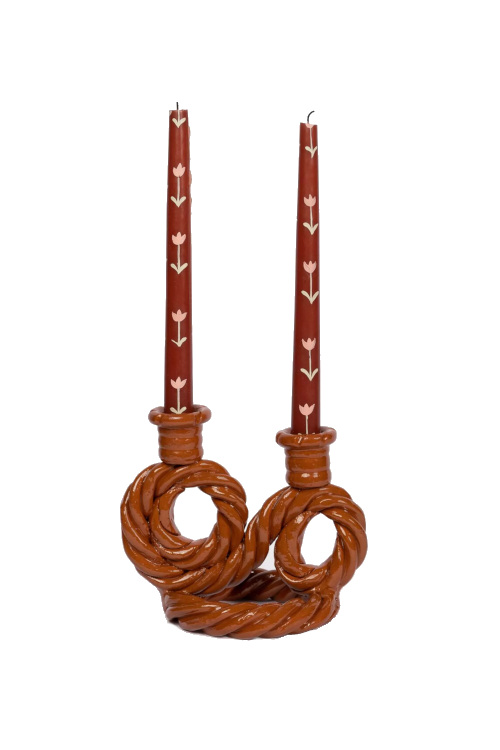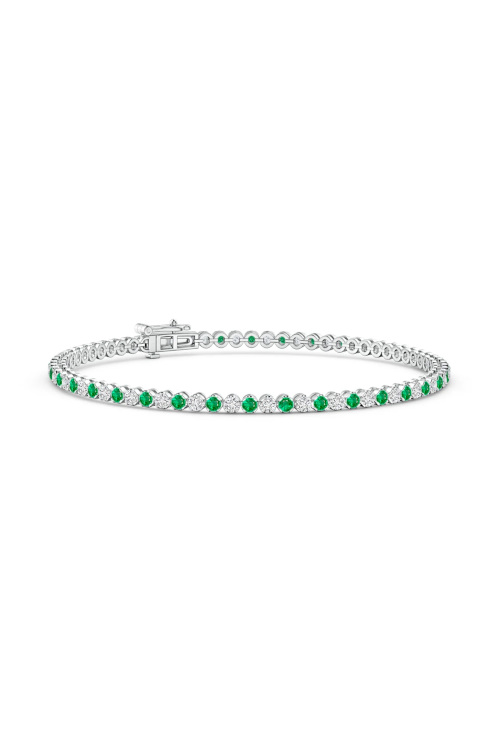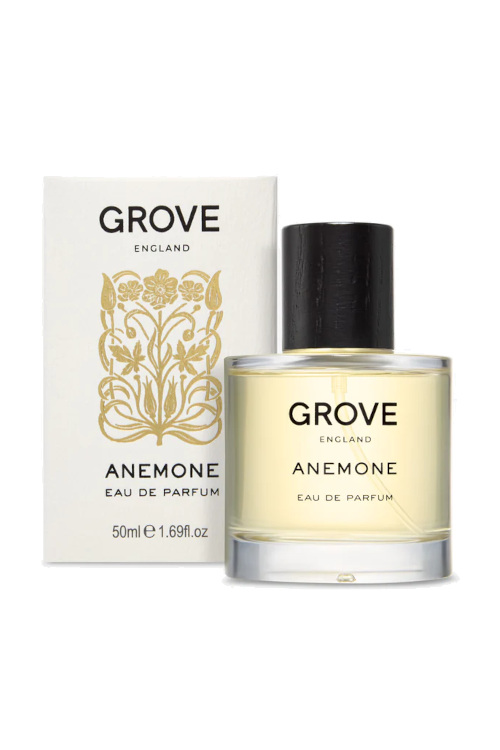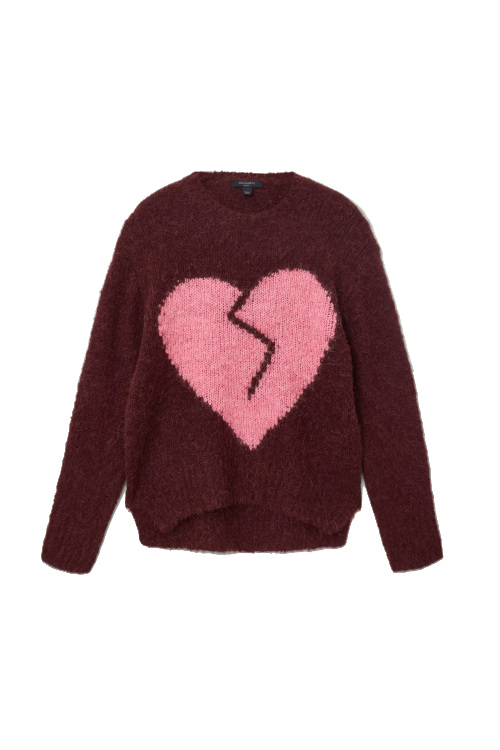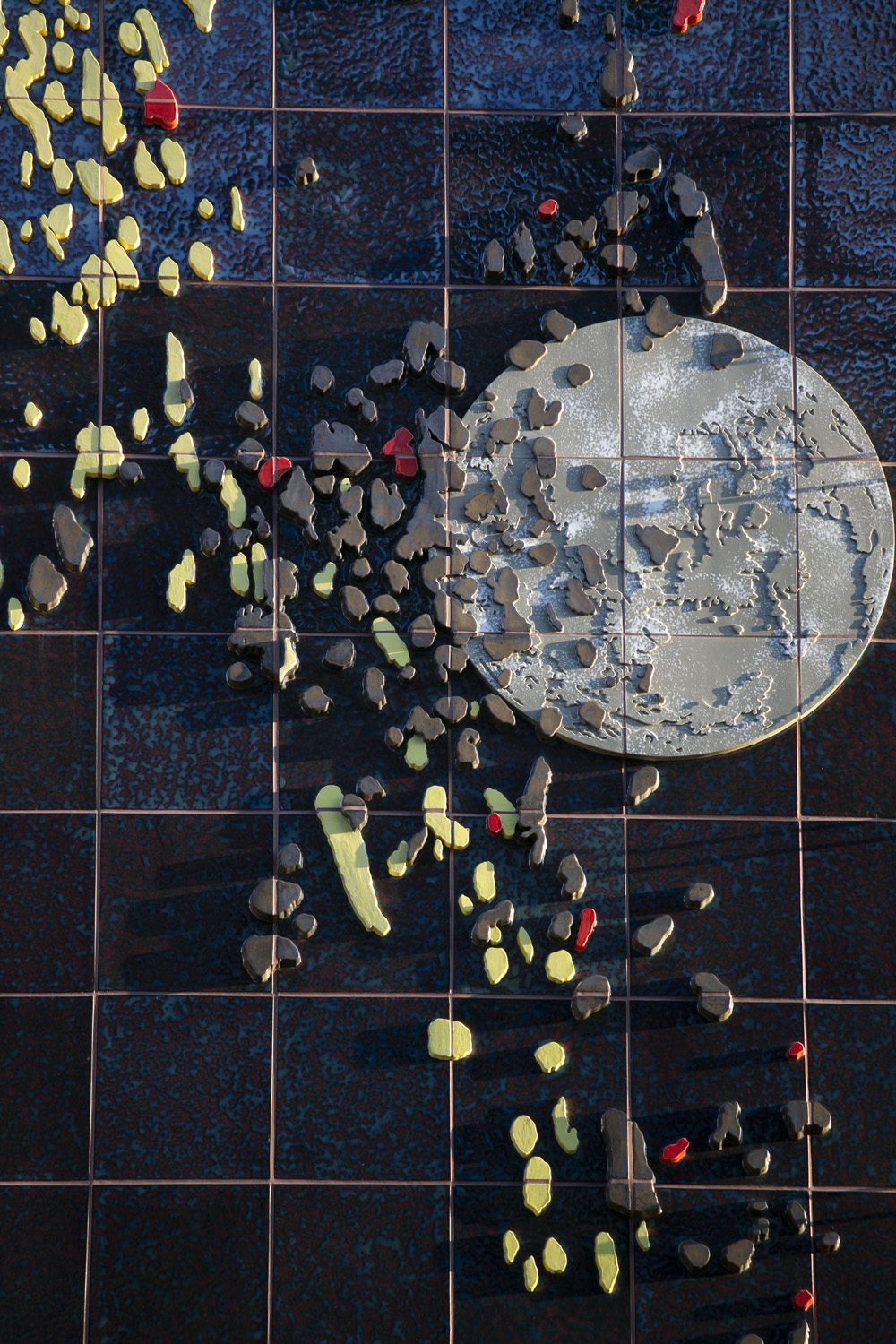
Inside The King’s Road’s New Street Art Commission
By
5 months ago
Shezad Dawood’s Cascade is now permanently on display on the historic street
The upcoming Chelsea Arts Festival ‘will capture the radical creative heritage of the neighbourhood’ while also being ‘vibrant, inspiring, eclectic’ and ‘future-facing’, says curator Tessa Clarfelt. So too is the area transforming historic sites into radical new cultural centres. Just take a look at the recent Sloane Street transformation, which saw the metamorphosis of an 18th century street into an elegant 1km-long green boulevard.
Nearby, another exciting transformation is taking shape: the art deco 1934 Gaumont building, which witnessed the early days of moving pictures. Today, the building is being meticulously and sensitively restored and packed with creative brands, residential flats and office space as well as a Curzon cinema and a crowning rooftop bar. And on the facade there’s a new commission to welcome us all to The Gaumont properly. Titled Cascade and crafted by multidisciplinary artist Shezad Dawood, we sat down with the artist to find out more.
Shezad Dawood On Cascade At The Gaumont
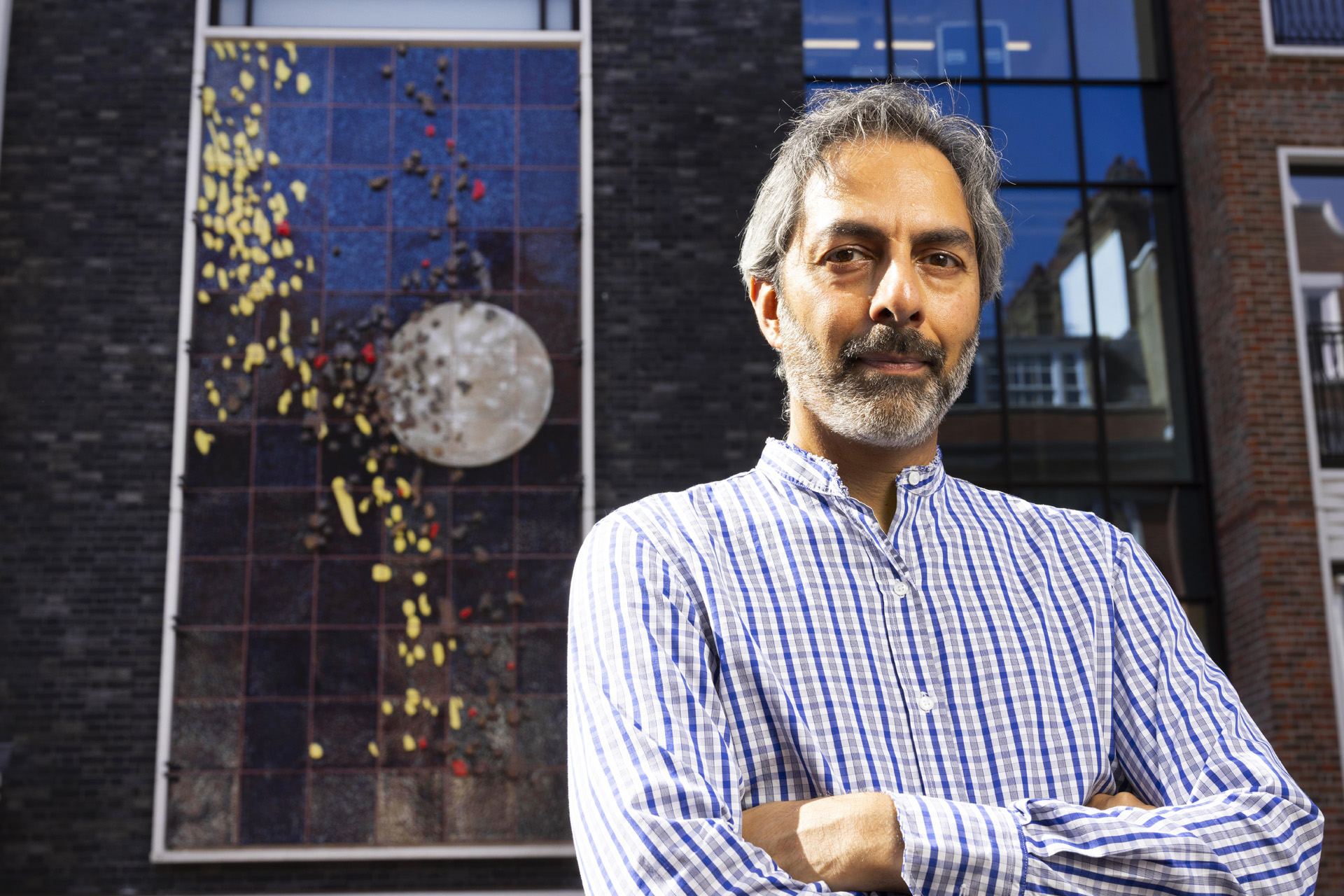
Shezad Dawood in front of his new artwork Cascade on the facade of The Gaumont. (© David Parry)
Hi Shezad. Tell us about Cascade.
With every public commission I do, it is really important to research the social and cultural fabric of an area and to discuss ideas with local residents and stakeholders. I wanted something that would add to the viewer’s experience on each viewing, hence the idea to use relief ceramic to have a work that would dance according to the changing light and movement of the sun through the sky playing upon it and reflecting it.
What inspired it?
I was inspired by a series of motifs and stories across time that kept coming back to moons and celestial bodies. Key to this were the intertwined histories of painting, cinema and literature central to the area.
James Abbott McNeill Whistler’s Nocturne in Black and Gold, the Falling Rocket from 1875, was a key reference for its abstraction of a view across the Thames to Cremorne Gardens, but also because of his famous court case with John Ruskin.
I first saw The Seven Samurai with my father at the then Chelsea Cinema on the site of The Gaumont when I was a boy, so histories of cinema were also uppermost in my mind. The technique of day-for-night shooting, where you stop down the aperture of the camera to make day appear like night-time, was quite important to the concept.
And then I was also thinking of the role of the moon in both Dracula and Frankenstein (Bram Stoker and Mary Shelley were both local residents), and how the Gothic novel was such an influence on early silent cinema.
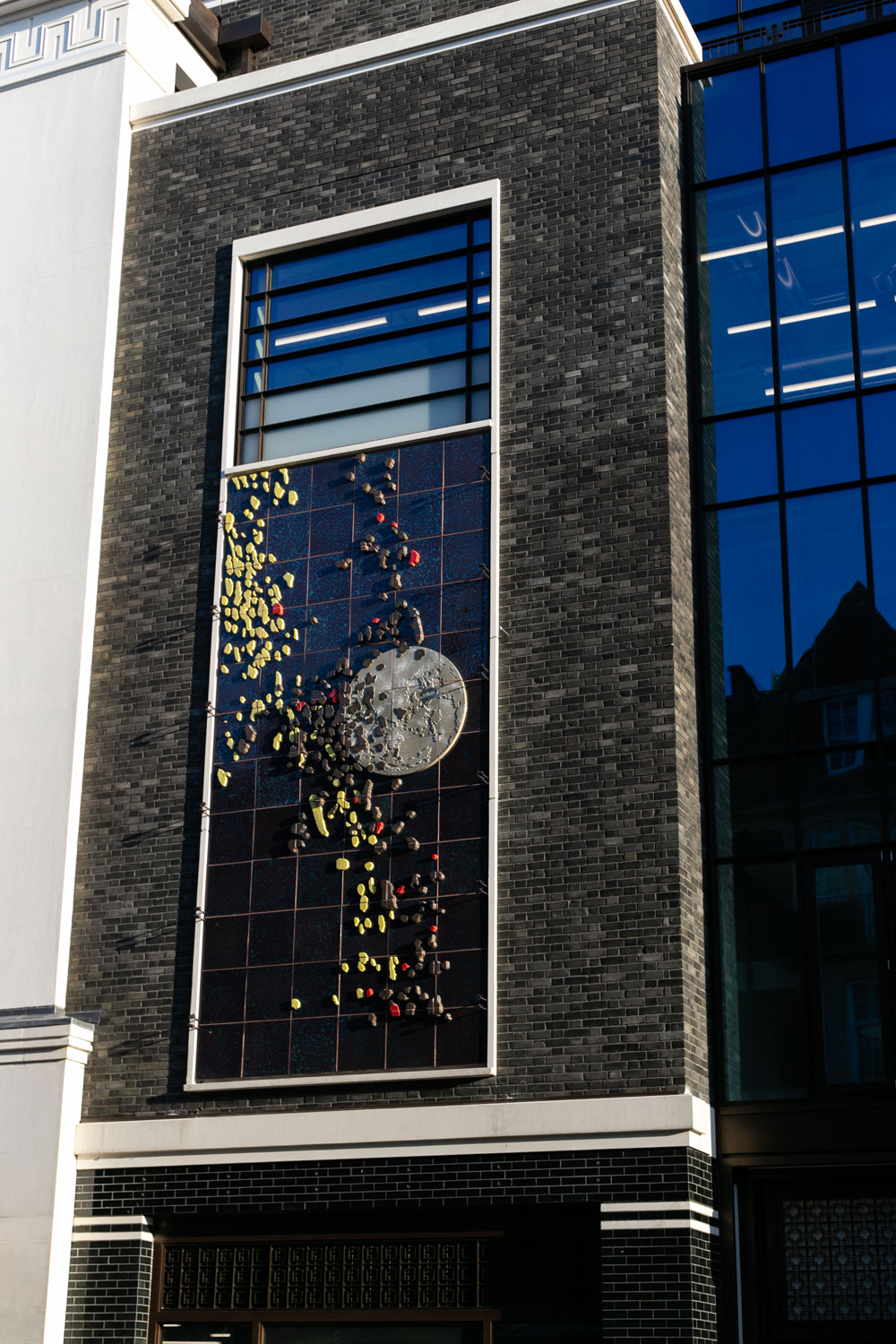
Shezad Dawood, Cascade, 2025. (© Altay Dogahan)
How does it draw on The Gaumont’s history?
The building opened as The Gaumont Palace Theatre in the 1930s, and Gaumont originally distributed the films of early cinematic pioneer Georges Méliès, including his iconic A Trip to the Moon. The original facade also has a roundel dedicated to William Friese-Greene, an early British pioneer of cinema and contemporary of Méliès, who invented an early 2-colour filming process. And the modern abstract and experimental filmmaker Len Lye also resided in the area for a period.
Tell us about the process of making it. Where were you based, and any moments that stand out to you?
My studio is in London, and that is where I designed the work, but we can’t make projects of this size in the studio, so we worked with our friends at Darwen Terracotta – one of the last artisanal ceramic factories in the country – up in Lancashire.
It is a very big and complicated process, from initially winning the commission, moving from a longlist to a four person shortlist and then the final pitch, to working with the architects PDP, Cadogan and the curator Futurecity to refine the design and map out a production timeline.
I think one of the standout moments is always hand-painting the glazes on the work. Because of the timeline we were up in Lancashire hand-painting the work in winter. I remember woolley hats, fingerless gloves and regular hot cups of tea, to be able to push on through. I was working with a whole team of painters to help me, from the team in my studio to local ceramicists: Sara and Stephanie. Despite the cold it was such a warm atmosphere with good conversation and lunchtimes together with the team at Darwen.
And of course when the work comes out of the kiln!
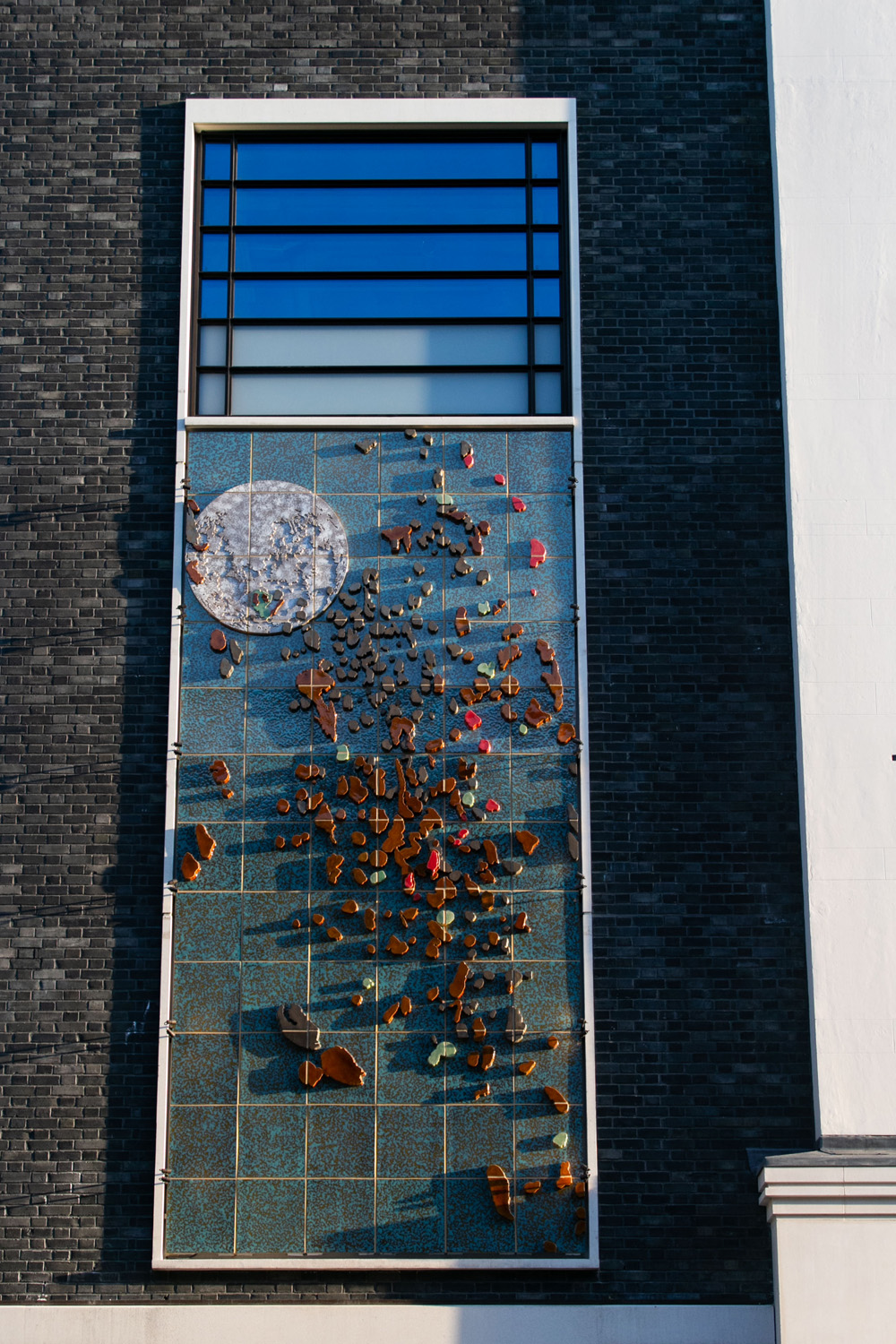
Shezad Dawood, Cascade, 2025. (© Altay Dogahan)
How does it feel to have this commission on public, permanent display?
It does feel a little overwhelming to have Cascade on permanent public display, seeing it go up and then be unveiled was heart-stopping. I have always been inspired by Barbara Hepworth’s Winged Figure on the side of John Lewis on Oxford Street, and to have a work of mine on a similar London landmark is humbling.
I read about how you were inspired by everyone from Charles II and Vivienne Westwood, both important figures in the history of the street. What does the King’s Road mean to you?
King’s Road takes its name from Charles II who established the Royal Observatory in Greenwich and was a keen early patron of astronomy. His sceptre and orb were appropriated by Vivienne Westwood, and we all know her connection to the King’s Road, through her and Malcom McLaren’s groundbreaking boutique SEX, and her way of combining punk and counterculture with British tradition, which is what the Kings Road has always been about.
Where else do you like to see art in Chelsea?
I’m really enjoying this creative reawakening of Chelsea, bringing artist studios and small independent creative businesses back to the area, like BookBar and New Forms. And then you have old favourites like the Chelsea Physic Garden, which has hosted some great projects over the years.
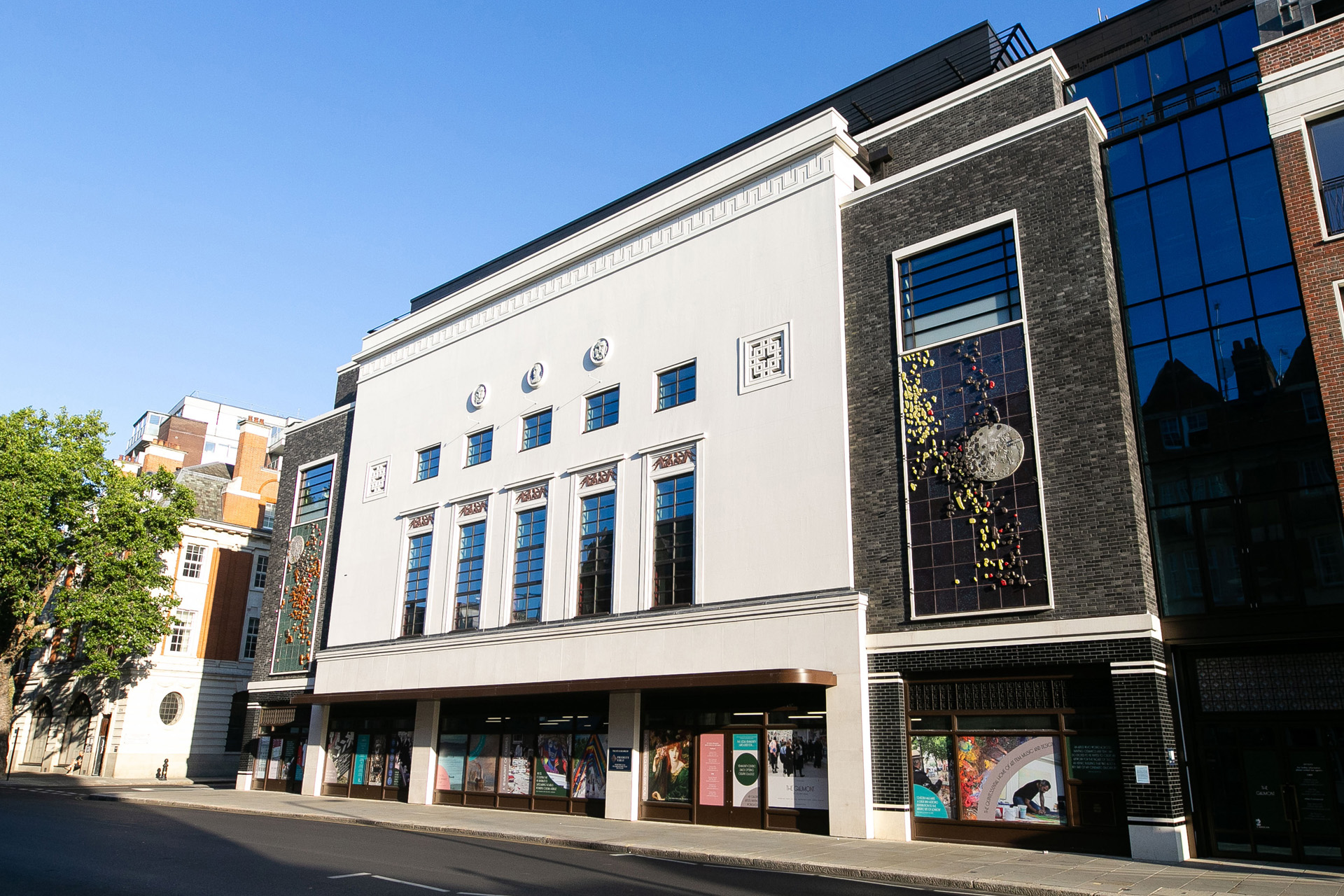
Shezad Dawood, Cascade, 2025. (© Altay Dogahan)
Shezad Dawood Recommends…
What I’m reading… Before She Sleeps by Bina Shah: it’s like an updated Handmaid’s Tale for the world we’re currently living in. Brilliant!
The last thing I watched (and loved) was… I just rewatched Tampopo, one of my favourite films from the ‘80s. It’s really bonkers, in a good way.
What I’m most looking forward to seeing… I just saw a recreation of Derek Jarman’s garden in Dungeness, as part of the DEO festival on the Greek island of Chios. It was wonderful, as they had worked with local botanists to adapt the species to local conditions. So, more of a ‘retake’ than a simple recreation; it kept the spirit and legacy of Jarman’s garden as a living, breathing entity.
Favourite film… That’s a tough one, but probably Last Year at Marienbad by Alain Resnais, there’s nothing else quite like it.
Favourite song or album… Anything by Autechre or Lee Scratch Perry.
Band/singer I always have on repeat… Fela Kuti or Laraaji, depending on whether I want to be upbeat or more tranquil.
Favourite gallery or museum… I do have a real love of the Sainsbury Wing at the National Gallery, I can look at the Uccello for hours. In terms of contemporary art, my favourite spaces are WIELS in Brussels, MACBA in Barcelona, or the new Modern and Contemporary Art Centre at the Gulbenkian in Lisbon, designed by the architect Kengo Kuma.
Favourite London walk… Along the Thames or through the City of London at night.
My order at the bar… Botivo Spritz.
London hidden gem… Bunhill Fields in Shoreditch, near an earlier studio of mine. Originally known as Bonehill Fields, it was the historical non-conformist burial ground of London. William Blake and his wife Catherine are buried there, as are John Bunyan and Daniel Defoe. It’s a great place to take a book to read on a bench in summer.
My ultimate cultural recommendation… Nature. I love going walking once a month or so at Hatfield Forest. Not far from my studio in East London, it was originally a royal hunting forest, and boasts ancient trees, some of which are more than 1,000 years old.
Cultural guilty pleasure… The Muppets’ version of Queen’s ‘Bohemian Rhapsody’.
SEE IT
You can find Cascade at The Gaumont (196-222 King’s Rd, London SW3 5XP).

